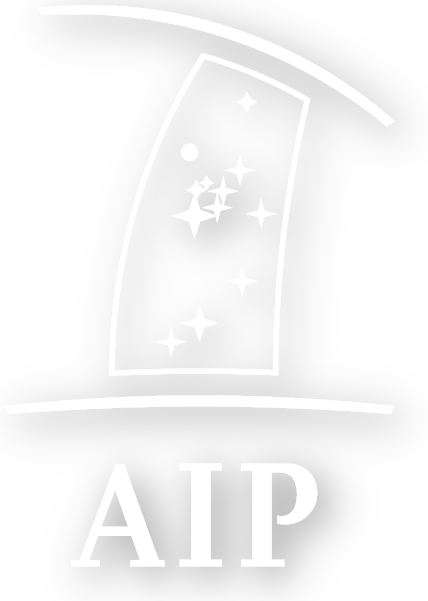Speaker
Description
Understanding how and when the intergalactic medium was enriched with metals can provide us with new insights into the efficiency of galactic feedback. Spectroscopic studies of high-redshift quasars have been essential in revealing numerous metal ions in the intervening intergalactic medium, and the advent of JWST has further extended these detections to higher redshifts, into the Epoch of Reionization. However, identifying the galaxies responsible for the production and ionisation of these metals represents a challenge, an essential step toward the comprehension of how galactic outflows and photoionization co-operate. To address this problem, many observational studies investigated the galactic environment of metal absorbers, finding high-mass galaxies at distances ranging from tens to hundreds of kpc. Nevertheless, to obtain an exhaustive overview of absorber host galaxies, I compared observational findings with results from the Thesan-zoom simulations. Using these radiation-hydrodynamic simulations, I focused on reproducing the properties of neutral oxygen, which is commonly used to trace neutral hydrogen at high redshift. I will present the results of this study, showing how most of the neutral oxygen absorbers lie beyond the virial radius of haloes. Near these absorbers, undetectable low-mass galaxies are more likely to be found, suggesting the high effectiveness of low-mass galaxies in the early enrichment of the intergalactic medium.

